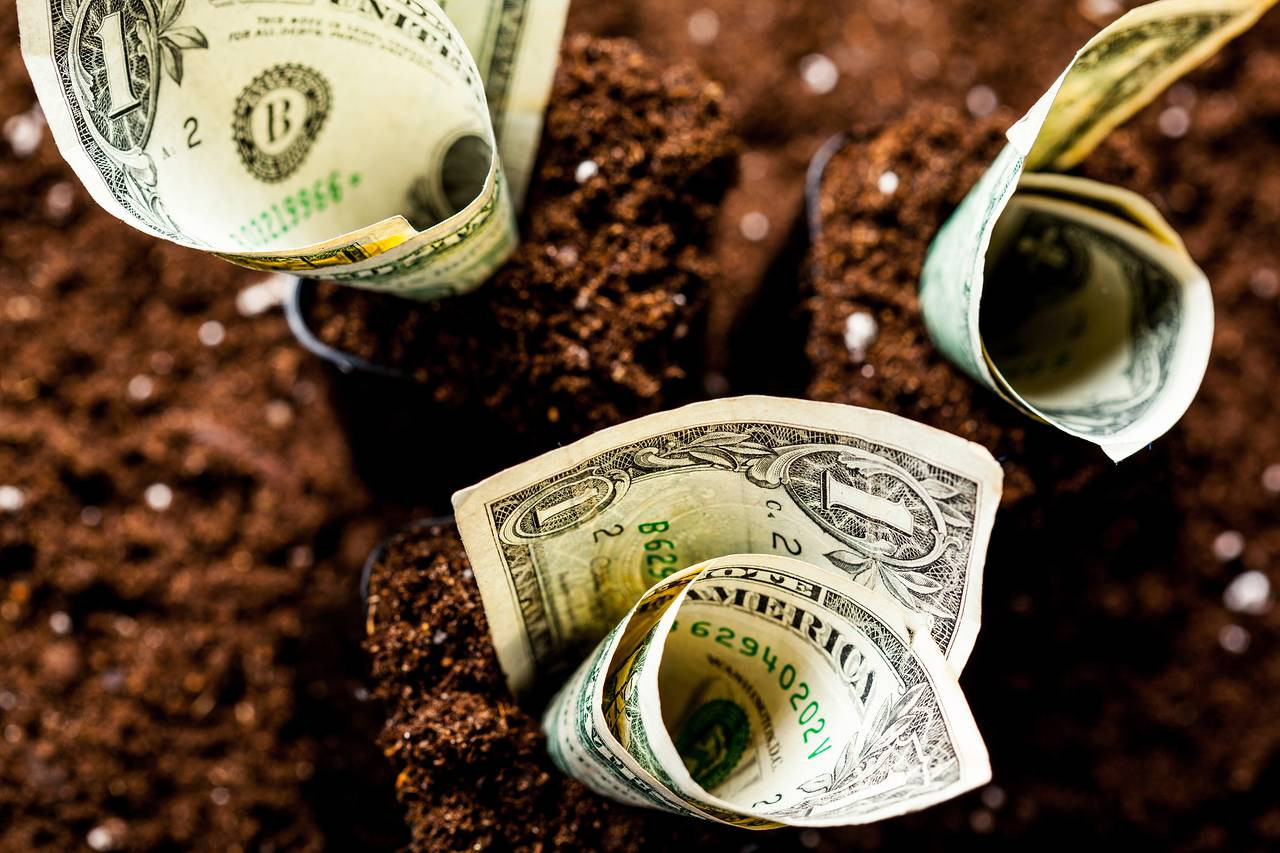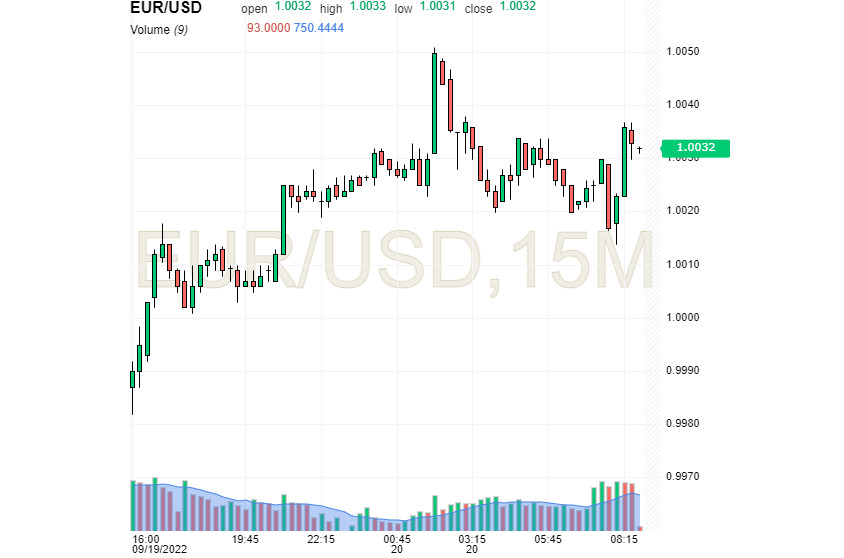
A difficult time has come for the US currency. On the one hand, the greenback is showing growing confidence, and if it sags, then not for long, and on the other hand, it is under pressure from the Federal Reserve's aggressive rate hikes.
According to experts, the global financial market is controlled by the Fed. At the moment, the US central bank has to monitor the situation on the markets in order not to miss a further possible round of inflation, which has become the highest over the past 40 years. At the same time, the Fed uses the tactics of "tightening the screws", that is, aggressively raising rates to normalize the current situation.
According to analysts, the Fed is trying to "jump on the last car of the outgoing inflation train." Having underestimated the scale of inflation throughout most of 2021 and early 2022, the Fed is feverishly seeking to raise rates from historic lows and push for a higher base rate. These measures are necessary to slow down economic growth and consumer demand. Previously, an excessive increase in interest rates was not enough to change the current situation, but now the issue may be decided in favor of the Fed and other central banks.
However, excessive activity in the issue of raising rates increases the risk of a recession in the US economy. The current rate hike is belated. As a result, the measures taken by the Fed contribute to the growth of mortgage rates and force economists to revise their previous forecasts for the worse. However, it will be possible to fully feel the consequences of a large-scale increase in Fed rates only by 2023, economists warn.
According to the majority of analysts polled by The Financial Times (FT), the US central bank may raise the rate above 4% and keep it in this range for the next year. According to preliminary calculations, the Fed will leave the key rate at this level after 2023. 70% of respondents estimate that this cycle of monetary tightening will see the US federal funds rate peak in the 4-5% range. At the same time, a small number of respondents (20%) believe that this indicator will overcome this level.
Against this backdrop, investors' fears about an overly aggressive rate hike are intensifying. According to analysts, an increase by 75 bps will provoke a global market revaluation. Markets are now pricing in 200 bps. Experts expect it to remain at this level until the end of next year. The change of these expectations in the direction of decrease or increase can seriously shake the markets.
At the same time, an increase in the level from which the Fed rate will reach a plateau will put pressure on the markets, but will significantly support the dollar. At the same time, a decrease in the key rate below the expected level will provoke a slowdown in the greenback's growth.
Currently, the US currency is showing strengthening, reacting to another significant increase in the Fed's rate. Note that for a long time the greenback remained stable, being below the 20-year high against other currencies. The EUR/USD pair was trading at 1.0032 on the morning of Tuesday, September 20, trying to gain a foothold in the current range.

The classic pair was in an upward spiral for several weeks, but from time to time it slipped from the positions it had won. Now the EUR/USD pair is trying to settle above the parity level after the deafening fall of the euro in early September. Recall that at this time, the pair collapsed to the level of 0.9864 for the first time in two decades. The euro had the hardest time, which had to start from the price bottom.
According to experts, the stability of the EUR/USD pair was facilitated by a noticeable decrease in inflation expectations in the United States. According to the St. Louis Fed, this indicator, measured on the basis of the average expected inflation during the circulation of 10-year treasuries, decreased for the third consecutive day. The reason is the expectation of key decisions by central banks on the rate. Recall that the markets expect that the Fed will raise the key rate by 75 bps. This probability is already embedded in market quotes. At the same time, investors and traders allow an increase in the rate by 100 bps, but the probability of such a step is estimated at only 20%.
According to analysts, an over-scale increase in Fed rates will trip up the global economy, although the world's leading economies are also intensifying the fight against inflation. Now the US central bank plans to move rates beyond the "neutral" zone, which is 2.5%, to the so-called "restrictive territory". Note that in this range, key rates no longer stimulate the economy, but weaken consumer demand and reduce inflationary pressure.
However, such a strategy contributes to slowing economic growth not only in the United States, but also in Europe and Asia. At the same time, the Fed's policy strengthens the USD, experts emphasize. However, less affluent countries may suffer from the negative consequences of such a decision, as rising interest rates increase the cost of financing public debt or imports of goods denominated in dollars.
 English
English 
 Русский
Русский Bahasa Indonesia
Bahasa Indonesia Bahasa Malay
Bahasa Malay ไทย
ไทย Español
Español Deutsch
Deutsch Български
Български Français
Français Tiếng Việt
Tiếng Việt 中文
中文 বাংলা
বাংলা हिन्दी
हिन्दी Čeština
Čeština Українська
Українська Română
Română

